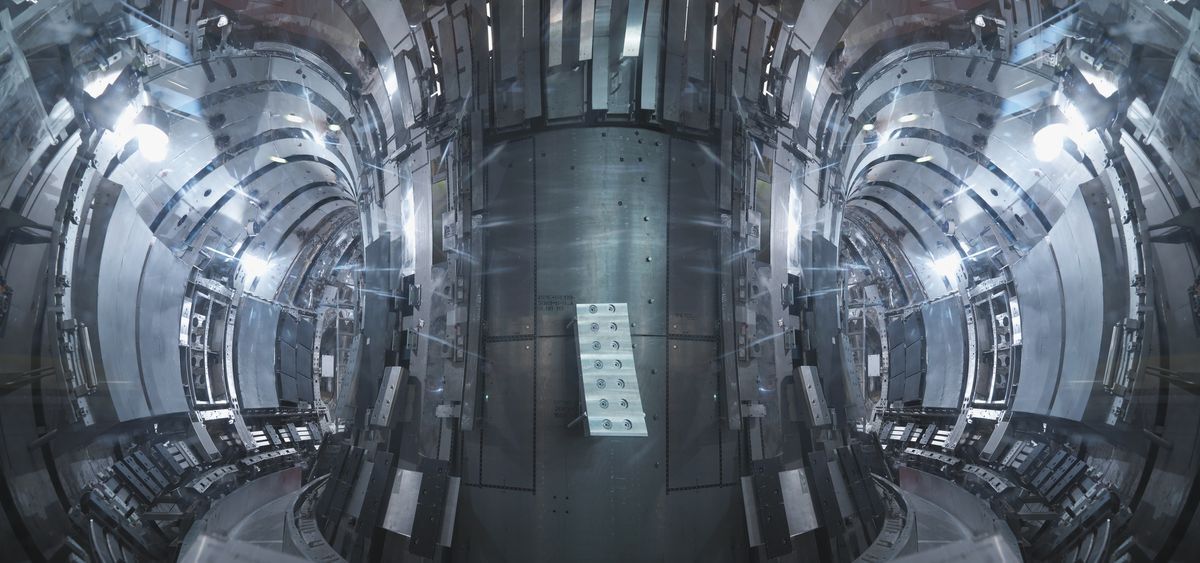cross-posted from: https://lemmy.world/post/10745664
Nuclear fusion power was supposed to be a dream come true. As soon as we discovered that you could smash little atoms together to make bigger atoms and release a small amount of energy in the process, scientists around the world realized the implications of this new bit of physics knowledge. Some wanted to turn it into weapons, but others wanted to develop it into a clean, efficient, inexhaustible supply of electrical energy.
But it turns out that fusion power is … hard. Really hard. Really complicated. Full of unexpected pitfalls and traps. We’ve been trying to build fusion generators for three-quarters of a century, and we’ve made a lot of progress — enormous, groundbreaking, horizon-expanding progress. But we’re not there yet. Fusion power has been one of those things that’s been “only 20 years away” for about 50 years now.
The primary challenge is that while it’s relatively straightforward to make fusion happen — we did it all the time with thermonuclear weapons — it’s much more difficult to make the reaction slow and controlled while extracting useful energy from it.
As soon as we mine helium 3 on the moon and Dev Ayesa develops the first nuclear fusion reactor.
Oh wait, wrong timeline.
Or are we in the timeline where your comment is in the TV show, and the real people are living the thing in what we think is a tv show.
For All Mankind on AppleTV
Yes, I’m aware. Thought my comment made that clear
That wasnt for you, that was for all mankind if they happened to scroll through. Way to make it confrontational though.
I honestly thought i might have failed to convey what I meant to convey.
There’s a channel called Improbable Matter on YouTube created by a scientist formerly working on fusion with a super interesting series about fusion power https://www.youtube.com/@ImprobableMatter
Thank you!
The 4-part series on how fusion works was surprisingly great
Not soon enough.
Theoretically speaking we are close, very close, problem is technical
Any day now.
This is the best summary I could come up with:
In the modern era, there are two major approaches to attempting useful nuclear fusion power.
One is based on a process called inertial confinement, where you shoot a bunch of lasers at a small target and make it explode, triggering a brief fusion reaction.
Experiments here have come a long way but have run into continued struggles in ensuring that the plasma remains stable, which is necessary for a steady fusion reaction.
But the NIF is not designed to generate electricity, and it’s not clear how to turn its process into a power plant.
As for ITER, the facility is hopelessly mired in mismanagement and cost overruns, and it’s not even designed to generate electricity itself.
Humanity has achieved these kinds of projects before: massive irrigation projects at the dawn of human history, the building of massive temples and cities, and the development of steam power, railroads, cathedrals and more.
The original article contains 721 words, the summary contains 150 words. Saved 79%. I’m a bot and I’m open source!
To be clear, the inertial confinement method is not the one the article says has stability issues. The bot cut out some important context.



